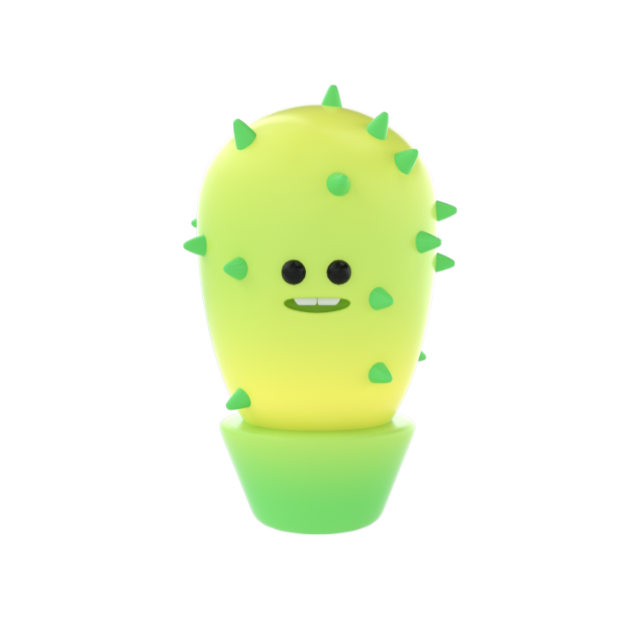Environmental Protection Ecological problems are becoming more and more important today. People all over the world discuss environmental protection, but we still go on polluting air, water and soil.
Air pollution is the biggest problem of large cities and industrial areas. It is usually caused by different means of transport. Cars, buses and planes are among the worst air polluters. Factories and plants also pollute air by pouring harmful emissions into the air causing lung diseases and doing harm to our health. As a result, acid rains appear and damage forests and soil.
Trees absorb carbon dioxide from the air and give out oxygen in return. In some parts of the world, such as Asia and South America, trees are threatened not by pollution, but by people. The rainforests are destroyed for firewood and building materials. If we lose tropical forests, it will become more difficult to breathe, because they provide 50 per cent of the world's annual production of oxygen. With more carbon dioxide in the air, the temperature on the planet will rise and this will cause global warming.
How can the problems of air pollution be solved? First of all, people should try to use alternative sources of energy, such as solar, water or wind energies, or at least to burn smokeless fuels.
There are ways to reduce air pollution caused by road traffic. It is possible to build more railways and to support public transportation. Also, people should be encouraged to drive at the speed limit in order to use fuel more efficiently. Another way is to encourage tree planting, because trees absorb carbon dioxide. Special kinds of gasoline for cars can also help to reduce air pollution.
Water pollution is as dangerous as air pollution. Factories and plants dump wastes into rivers and lakes polluting them. Wastes that get into rivers, streams and oceans can entangle wildlife or be mistaken by them for food and spread diseases to humans. Rain or excess water can wash fertilisers into rivers and streams, causing excess weeds to grow.
There are several things that can be done to restore polluted waterways back to normal. You should make sure you never throw anything that could be toxic down a drain or onto soil. Basically, it is important to remember that anything that gets onto the ground can eventually end up in a river, lake or stream. So, make sure you do not allow any chemicals or waste to go on the ground or down the drain.
Soil pollution does not allow plants to grow and makes people sick after they eat fruit and vegetables grown on polluted soil. People also pollute soil by throwing litter onto it. Forests are full of used bottles and cans. Such litter can be found in rivers and lakes too which makes wild animals sick and causes their death. This can be stopped if you make sure that you throw litter into recycling bins and take litter with you after a picnic in a forest or on a river bank.
Every day we throw away a lot of litter, which, actually, we can use again, for example paper, cloth, glass, plastic, etc. Everybody should know the three r's: reduce, reuse and recycle. Water and electricity can and should be reduced. We should reuse whatever we can: plastic bags, paper, cans, glass and bottles. Paper and plastic, for example, are also recycled at factories and plants and we get paper and plastic bags made from recycled materials.
It is impossible to stop technological process, to close «all factories and plants to prevent pollution, but people need to invent new waste-free technologies that will not damage the environment. There are new inventions such as self-destructible plastic bags which turn into powder if you keep them for some time or leave them in the forest. There are up-to-date filters that make water and air clean and that some factories and plants have started using to prevent pollution.
We must not ignore the problems of environmental pollution and we have to try and make everything possible to stop or at least reduce it.
Are the ecological problems important today?
2. What causes air pollution and what kind of emissions are emitted into the air?
3. How can acid rain be caused?
4. How does acid rain affect our environment?
5. Why are trees important for life on earth?
6. What kind of climate changes can air pollution cause?
7. What are the ways of reducing air pollution?
8. What measures can we take to reduce air pollution by road traffic?
9. How does water pollution occur?
10. What can be done to reduce water pollution?
11. How is land pollution caused?
12. What are the possibilities of reusing waste materials?
13. How can we get rid of waste of all kinds?
14. What can be done with litter in the streets?
15. What can people do to prevent pollution?
16. What areas does pollution affect?
17. What is the role of technology in reducing pollution?
18. What causes noise pollution and how can we reduce it?
19. What kind of protection do animals and plants need?
242
357
Ответы на вопрос:
Реши свою проблему, спроси otvet5GPT
-
Быстро
Мгновенный ответ на твой вопрос -
Точно
Бот обладает знаниями во всех сферах -
Бесплатно
Задай вопрос и получи ответ бесплатно

Популярно: Английский язык
-
Доберіть частини речень, запишіть їх (можна у тестовій формі),...
 Информатик11111120.06.2023 23:37
Информатик11111120.06.2023 23:37 -
АТО МНЕ МАМА ДАСТ ШАПАЛАХА СО СКОРОСТЬЮ СВЕТА...
 asiemghulkarimozb3er22.04.2022 17:10
asiemghulkarimozb3er22.04.2022 17:10 -
Зделайте что у меня не правильно , правильном...
 8918179031112.11.2020 16:49
8918179031112.11.2020 16:49 -
Complete the sentences with the words Here are the words: 1)Heritage...
 Helpmeplz12324.06.2020 05:53
Helpmeplz12324.06.2020 05:53 -
Оставь слова в правильном порядке и запиши их 1 can cats jump...
 rozettak02.07.2021 16:48
rozettak02.07.2021 16:48 -
Доклад о скаутах,небольшой 15-20 предложений...
 aliskaiii30.10.2022 20:41
aliskaiii30.10.2022 20:41 -
Complete the sentences my mother’s or father’s sister is my…...
 375445698856106.02.2021 07:03
375445698856106.02.2021 07:03 -
Переведите на язык- александр пушкин родился 26 мая в москве.большую...
 ivan70region19.01.2023 00:30
ivan70region19.01.2023 00:30 -
Составить пять предложений на языке в прошедшем времени...
 оля203011.08.2022 22:36
оля203011.08.2022 22:36 -
Ноутбуки мальчиков родственники мужа родители моих двоюродных...
 TwistChanel18.12.2022 01:24
TwistChanel18.12.2022 01:24

Есть вопросы?
-
Как otvet5GPT работает?
otvet5GPT использует большую языковую модель вместе с базой данных GPT для обеспечения высококачественных образовательных результатов. otvet5GPT действует как доступный академический ресурс вне класса. -
Сколько это стоит?
Проект находиться на стадии тестирования и все услуги бесплатны. -
Могу ли я использовать otvet5GPT в школе?
Конечно! Нейросеть может помочь вам делать конспекты лекций, придумывать идеи в классе и многое другое! -
В чем отличия от ChatGPT?
otvet5GPT черпает академические источники из собственной базы данных и предназначен специально для студентов. otvet5GPT также адаптируется к вашему стилю письма, предоставляя ряд образовательных инструментов, предназначенных для улучшения обучения.
